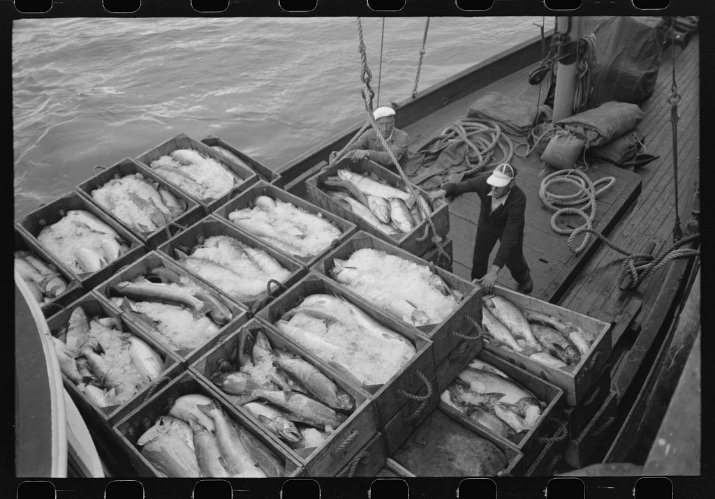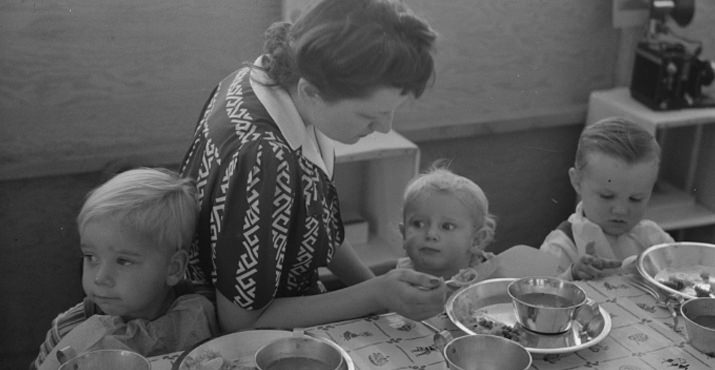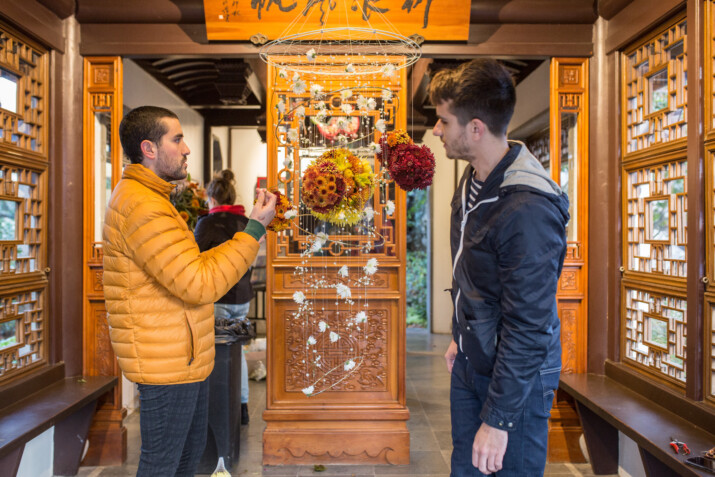Portland, October 15th, 2015. Lunch at a migratory labor camp in Odell, Oregon is the caption given to the photograph of a mother feeding her children. It’s one of over 170,000 depression-era photos recently sorted and organized by a team of Yale researchers. Quite a few of the photos were taken in Oregon and can be seen at this website. From 1935-1944, the Farm Security Administration — Office of War Information undertook the largest photography project ever sponsored by the federal government. We’ve selected some compelling images which show Oregonians struggling through the depression and people drawn to the state in hopes of a better life in an area with abundant natural resources.

Unloading boxes of salmon from fishing boat at docks of Columbia River Packing Association, Astoria, Oregon

Migratory boy, aged eleven, and his grandmother work side by side picking hops. Started work at five a.m. Photograph made at noon. Temperature 105 degrees. Oregon, Polk County, near Independence.

Oregon, Marion County, near West Stayton. Migrant pickers harvesting beans. Farm people came from South Dakota

Oregon, Marion county, near West Stayton. Father and children came from Albany, Oregon, for a season’s work in the beans

Oregon, Marion County, near West Stayton. Weighing beans at scales on edge of field. Rate – one dollar per 100 pounds.

Independence (vicinity), Polk County, Oregon. Wife of an ex-logger, now a migratory field worker, resting in the shade of the hop vine at noon.

Seven of the eight farmers shown with their cooperatively owned ensilage cutter on the Miller farm, where they are working filling the silo. Yamhill County, Oregon.
The massive effort to photograph people during the depression was aimed at justify government programs. The photographers set out to document America, often at her most vulnerable, and the successful administration of relief service. The Farm Security Administration—Office of War Information (FSA-OWI) produced some of the most iconic images of the Great Depression and World War II and included photographers such as Dorothea Lange, Walker Evans, and Arthur Rothstein who shaped the visual culture of the era both in its moment and in American memory. Unit photographers were sent across the country. The negatives were sent to Washington, DC. The growing collection came to be known as “The File.” With the United State’s entry into WWII, the unit moved into the Office of War Information and the collection became known as the FSA-OWI File. Visit the website to see more.

























